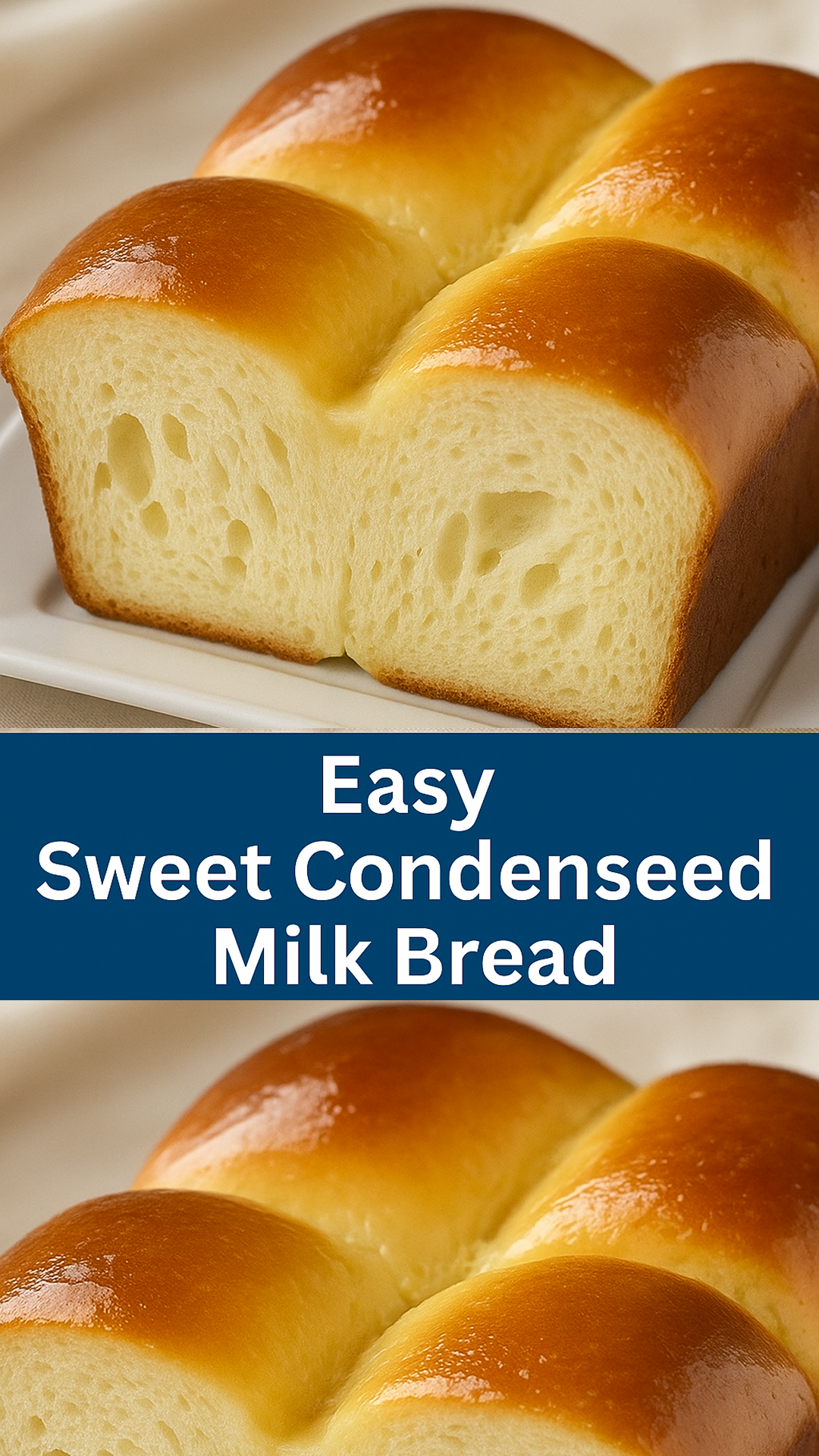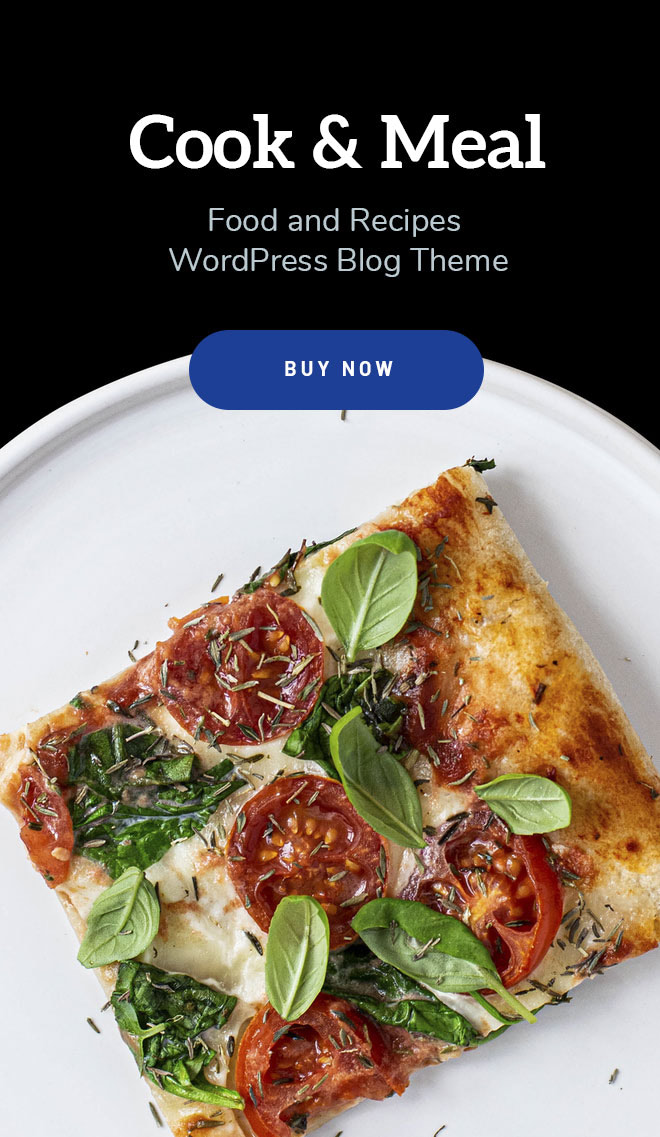
“The Loaf That Tastes Like Home”
The Morning I Remember It All Began
It was a rainy morning in Osaka. I had just finished my apprenticeship at a small family-run bakery tucked behind a shrine, known only to the neighbors who’d come, still in their slippers, for the warm rolls with coffee milk. My fingers were aching from weeks of shaping dough—soft, almost childlike dough that begged to be handled gently. But this morning, the head baker, Saito-san, handed me something unexpected: a bowl of golden, thick, glistening liquid.
“Miruku,” he said. “Japanese condensed milk. This, not sugar, will teach you patience.”
That was the first time I made condensed milk bread—known in Japan as a cousin to Hokkaido milk bread but with its own sweet soul. A loaf so impossibly fluffy it quivers as it cools. One that holds the warmth of your hands in its crumb, the sweetness of childhood in its scent.
This recipe is born from that quiet reverence. And every time I make it now in my home kitchen in Oregon, far from the temple bells of Osaka, I feel time folding over itself—warm milk, softened butter, and sweetened condensed milk mingling like old friends in a bowl that smells like memory.
Why This Condensed Milk Bread Is Special
This isn’t just another soft bread. It’s the marriage of Japanese milk bread technique with the rich sweetness of sweetened condensed milk, creating an incredibly soft, subtly sweet loaf with a creamy, delicate crumb. It’s the kind of fluffy bread that makes you tear it apart slowly, not slice it. One that’s perfect for morning toast, warm from the oven with butter and sea salt, or slathered in fruit jam for a midnight snack.
Ingredients: What You Need and Why
Let’s break down the ingredients, not just in quantity—but in character. These aren’t just units; they are flavors, moods, and moments.
🥛 Sweetened Condensed Milk
This is the soul of the bread. It brings sweetness, creaminess, and depth that plain sugar can’t. I recommend Eagle Brand or Longevity Brand—avoid off-brand cans that taste tinny or too artificial. If you’re wondering: no, evaporated milk is not a substitute here. That’s another dish entirely.
🍞 Bread Flour
Higher protein means better gluten development. This gives you that stretchy, soft dough and a lofty rise. I use King Arthur Bread Flour—it’s consistent and strong. If you’re using all-purpose flour, reduce the milk slightly; it won’t be quite as fluffy, but still tender.
🧈 Butter
Always unsalted, always at room temperature. Melted butter changes the mouthfeel, so we cream it in gently. European-style butters like Plugra or Kerrygold bring a slightly tangier, richer profile.
🥚 Egg
For structure and richness. Make sure it’s room temperature—cold eggs can shock the dough and mess with fermentation.
🌾 Instant Yeast
Quick and reliable. You can use active dry yeast too, but you’ll need to bloom it in warm milk first. I use SAF Instant Yeast—the gold standard.
🧂 Salt
Don’t skip it—it balances the sweetness and strengthens the dough. Diamond Crystal Kosher Salt dissolves easily and won’t overwhelm.
🌡️ Warm Milk
Use whole milk, heated to 100–110°F (38–43°C). It activates the yeast without killing it. Use a kitchen thermometer for best results—too hot, and you’ll lose your rise.
🌿 Optional: A Touch of Vanilla or Citrus Zest
For complexity—just ½ tsp vanilla extract or a kiss of lemon zest can brighten the sweetness.
Tools You’ll Want (But Don’t Panic If You Don’t Have Them)
- Stand Mixer with Dough Hook: For easier kneading. You can still knead the dough by hand—I often do when I need the therapy.
- Large Mixing Bowl: Preferably stainless steel or ceramic for even temperature.
- Plastic Wrap or Damp Towel: For the proofing stage.
- Loaf Pan: A 9×5-inch nonstick works well.
- Pastry Brush: For that perfect condensed milk glaze.
- Wire Rack: For cooling evenly.
- Bench Scraper: Optional, but makes dividing the dough cleaner.
Step-by-Step: Making Fluffy Condensed Milk Bread
1. Mix the Dough
In your large mixing bowl, combine:
- 3 cups (360g) bread flour
- 2 tsp instant yeast
- ½ tsp salt
In a separate bowl or your stand mixer:
- Whisk ½ cup warm whole milk
- ⅓ cup sweetened condensed milk
- 1 large egg
- 2 tbsp softened butter
Slowly combine the wet into the dry. Use a dough hook or your hands to form a soft dough. It will be slightly tacky but not wet. If it’s too sticky, dust lightly with flour—but resist over-flouring.
2. Knead Until Smooth
On a lightly floured surface, knead the dough for about 10 minutes until elastic. The dough should feel soft, supple, and slightly warm under your palms.
Tip: Press a floured finger in—if it springs back slowly, you’re there.
3. First Rise (Proof)
Place the dough in a greased bowl, cover with plastic wrap, and let it rise in a warm place for 1 to 1.5 hours until it doubles in size.
Chef Note: A turned-off oven with the light on works wonders on cold days.
4. Shape the Dough
Transfer the dough to a lightly floured surface and divide the dough into equal pieces—3 or 4 depending on your pan. Shape each into a ball, then roll each ball into a log and tuck into your loaf pan side by side.
5. Second Rise
Cover again and let it rise a second time for about 45–60 minutes, or until puffy and risen just above the rim of the pan.
6. Preheat and Bake
Preheat your oven to 350°F (175°C). Bake for 28–32 minutes, or until golden brown and fragrant.
Chef Note: Tent with foil halfway through if it’s browning too quickly.
7. Glaze and Cool
While still warm, brush with a condensed milk glaze:
- 2 tbsp sweetened condensed milk
- 1 tbsp warm milk
This gives it that signature shine and sweet finish.
Cool on a wire rack. Try not to tear it apart too early (but I won’t blame you if you do).
Pairings, Variations & What to Sip
Pair With:
- Matcha latte or a lightly sweetened milk tea
- Fresh berries and whipped mascarpone
- Soft scrambled eggs with chives for a savory contrast
Make It Into:
- Bread rolls: Divide dough into 8 balls, bake in a round pan
- Cinnamon roll variant: Roll into a sheet, spread with butter, sugar, and cinnamon, roll up and slice. Use the same bake temp and glaze.
- Raisin loaf: Fold in ½ cup soaked raisins before shaping.
Dietary Tips:
- To make it less sweet, use ¼ cup condensed milk and 1 tsp sugar.
- For egg-free: Sub ¼ cup applesauce or 2 tbsp yogurt—texture will change slightly.
- To use a bread machine: Add wet ingredients first, then dry, then yeast on top. Use “Sweet Bread” or “Basic” cycle.
FAQ From My Kitchen Counter
“Can I use evaporated milk instead of condensed milk?”
No—evaporated milk isn’t sweet and doesn’t have the same viscosity. Your dough will be off-balance.
“Do I really need to knead for 10 minutes?”
Yes, unless using a stand mixer. That time builds gluten which makes the bread super fluffy.
“Can I make this ahead?”
Yes—after the first rise, you can refrigerate overnight. Let it come to room temp before shaping and rising again.
“How do I know when the bread is done?”
Tap the top—it should sound hollow. Or use a thermometer—190–200°F internal is perfect.
A Loaf Worth Remembering
The first time I made this sweet milk bread in America, I cried. Not because I missed Japan—though I did—but because I had found something eternal in food: a thread connecting past and present, loneliness and love, memory and meaning.
It’s a humble loaf. But it carries so much more than butter and flour. It carries the warmth of homes I’ve left and homes I’ve found. It carries hands—mine and others—that learned to be gentle.
So make this bread. Tear it, share it. Let the fluffy texture and sweet milk aroma fill your kitchen like it filled mine. Let it remind you that softness is strength. That sweetness, real sweetness, is always earned.
🧁 Save this Recipe
📦 Store the bread in an airtight plastic bag once cool. It keeps for 3 days—if it lasts that long.
🥶 Freeze slices wrapped in plastic wrap, then in a zip bag for up to a month.
🧾 Check the recipe index for more fluffy homemade bread recipes and sweetened condensed milk bakes.

